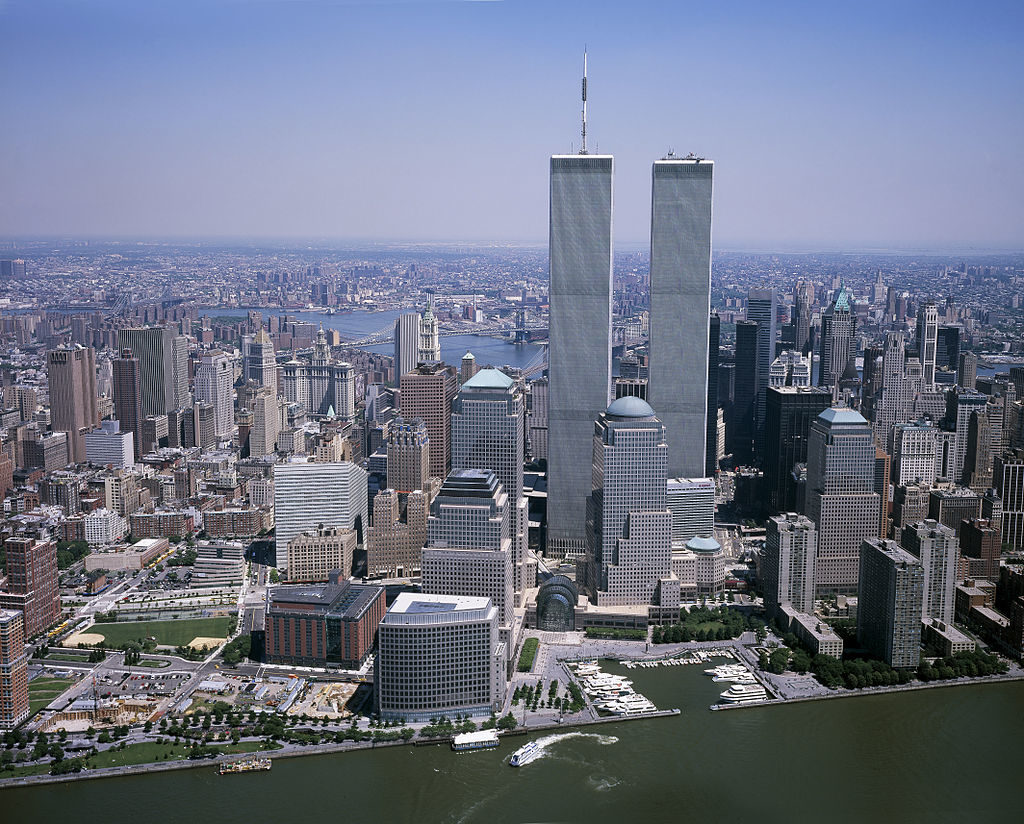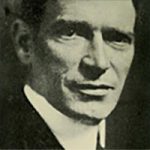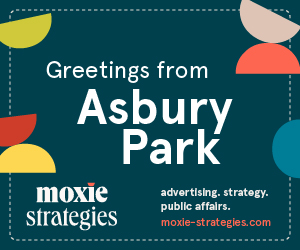Remembering Sept. 11th

The first thing I noticed was the smell.
It wasn’t a sickening smell of death and destruction that some of the more graphic accounts had described. It was the smell of burning wires magnified 100 fold. From the first breath, it stuck in your throat and made your voice raspy.
It was four days after the twin towers fell and my wife and I had taken the train in from New Jersey. The downtown PATH trains were halted, so we took the train to Greenwich Village and walked downtown on Greenwich Street.
As we crossed Reade Street, something seemed out of place. A small building had sprung up where before it had been a straight shot downtown. For the next three blocks I thought maybe we’d gotten on the wrong street.
In hindsight, I can’t believe it took me as long as it did to figure out what I was looking at, but when it hit me, it was a physical blow that buckled my knees. The small building I was looking at was a debris pile – the remains of the North Tower.
My wife and I had headed to Manhattan from Boston where we had moved 11 days earlier. Both of us had worked downtown in the financial sector for over a decade. We met at Prudential Securities at the Seaport. She stayed in that building and I later moved up to Broadway to work for Quick & Reilly.
On August 29, 2001 I quit my job and the two of us packed up our apartment and moved to Boston. Six months earlier I’d decided I’d had enough of Wall Street and applied to Boston University for graduate school. I was accepted to the journalism program and like that, my career in finance was done.
I was in class when the first plane hit. The teacher posted a note about it on the overhead projector but nobody grasped the moment. At that point, nobody knew it was a jet and most of us pictured an errant Cessna flying off course and colliding with the tower.
During the class, the second plane hit and I remember a student coming into the lecture hall and telling the professor, who blurted it out to the class. A retired Navy admiral, he told us gravely that we’d just been attacked and we were likely witnessing our generation’s Pearl Harbor.
I rushed home to our small apartment in Back Bay and my wife was already there. She’d been evacuated from the Prudential Center, one of the tallest buildings in Boston.
I’ll never forget the look on her face.
“They’re gone,” was all she said.
“No they’re not. They’re right there,” I said pointing to the television, which was playing taped footage of the burning towers.
“Watch,” she said.
We made plans to head home to New Jersey the next day.
Ground Zero was still chaos when we worked our way down. The perimeter had been established but it wasn’t as tight as it later became.
Everyone, and I mean everyone, had that stunned look on their faces. The thousand-yard stare that said “what the hell just happened?” Nobody was immune. Cops, firefighters, EMTs, nobody.
If you’ve spent any time in New York, especially back then, you remember that city cops were a gruff lot. They’d give you directions if you asked but you couldn’t help feeling they thought you were an idiot for not knowing the way.
The cops guarding the entrances to ground zero – such as they were- were different. They’d been kicked hard. They were still being accounted for and they knew the final number would be bad.
I had brought my camera and a big 400mm lens to document what I saw. At one point, a military troop carrier full of uniformed cops drove by. I’m not sure why, but I lifted my fist in the air and – I remember this as if it was this morning – 10 cops returned the salute.
I spent 12 hours downtown photographing the “pile,” talking to the cops and feeling constantly like I might puke. About mid-morning, the feeling hit me. I later figured out it was a panic attack, but at the time, I thought it might be related to whatever I was breathing in.
A cop had told me that the Brooks Brothers on Church Street was now a morgue where rescuers were bringing the recovered bodies. None of them were found whole, he told me.
On my last day of work in New York, 13 days before the attack, I’d gone to that Brooks Brothers to buy a shirt. I’d bought a new blazer for an upcoming graduate school reception and needed a shirt to go with it. For some reason the shirt-place-turned-morgue was the final straw. That shirt – dumb as it sounds now – was supposed to be the symbol of my new life as a graduate student and journalist. Instead, it became to me a symbol of the 3,000 people who died that day. I still have it. I don’t wear it, but I’ve never been able to give it away.
I still have images from that day burned into my mind. Things I’ll never forget. A car with a name scrawled on it in the ash and the words “I’m OK” scratched below it. A man collecting samples of the dust in empty water bottles. A pile of dust caked gauze obviously used to treat a wound. People searching for loved ones and the signs asking for information on the missing.
To this day, the pictures I took that day make me cry. I don’t remember actually taking them, but when I returned to Boston and developed the film I was blown away. There was the troop carrier full of cops. There was a 40-foot slab of the building’s facade sticking out of the ground and there were the firefighters, exhausted and horrified by their ever growing number of dead.
One picture in particular stands out. Cantor Fitzgerald had recently launched a project known as ESpeed and signs attached to light posts were prominent throughout lower Manhattan. The signs read “NYC & company, financial capital of the world.” One of the signs closest to the Trade Center was slightly detached from its mooring and torn in a number of places. The dichotomy of the proclamation about the city’s financial might against the wreckage behind is an image I still carry today.
That day launched my journalism career and ended my finance career. It’s not something I tell people, mostly because I’ve never liked “brushes with death” stories that people tend to tell whenever there’s a catastrophe, but I would have been in the Trade Center that morning had I not taken off 11 days earlier for BU.
The PATH train I took from Hoboken every day for 10 years arrived underneath the Trade Center at 8:45 each morning. Like the rest of the financial world who came in from Jersey, I would dutifully ride the escalator up to the shopping concourse and walk out past the Borders onto Church Street at the corner of Vesey.
I don’t know where I’d have been or what I’d have seen had I been in New York when the first plane hit at 8:46 on Sept. 11, but I know it would have been horrible.
In the end, I lost about a dozen friends and acquaintances that day – a fraternity brother, a former co-worker, the brother of a woman I’d known since we were third graders at Hillside School in Livingston. My brother, a trader for CS First Boston who counted Cantor Fitzgerald among his clients, knew dozens of victims, including the twin brother of the guy who sat next to him on the desk.
I vividly remember reading each of the names of the people I knew and hoping each was the last I’d find.
Anyone who worked down there or had friends or loved ones who did knows what those next days after the attack were like. We spent the days tracking people down, combing survivor lists, talking to friends who got out and thinking over and over again, “what if.”
For a long time, I felt guilty that I wasn’t down there. The remnants of my still warm first career were buried down there and my friends from the financial world all had devastating stories to tell, while I had been in a classroom, trying to learn to be a reporter.
One of the more remarkable discoveries I made – one that added to my guilt at being 300 miles away – was that despite the transcendent nature of the attack, people outside of New York just didn’t get it.
In Boston, all anyone talked about was the two planes that took off from Logan Airport. In school we talked about whether the media coverage was “sensationalized.” But I felt connected to New York City and disdain for anyone who wasn’t.
Ten days after the towers came down, a friend of mine got married. There was talk of postponing but deposits were paid and friends invited. I was a groomsman and the rehearsal was scheduled for Friday night. We headed down from Boston again, but at the last minute the rehearsal was rescheduled for earlier in the evening and as we left we found out why.
St. James Roman Catholic Church in Basking Ridge lost 13 parishioners that day. A memorial service had been scheduled for one – a former salesman at Cantor – that night so they’d asked my friend and his fiance to come earlier. They gladly complied. On my way out of the church, laughing with guys I’d known for two decades, I saw my brother and his wife walking in, on their way to mourn a friend he’d known for the same amount of time.
There’s nothing particularly remarkable about my experience on Sept. 11. I wasn’t there. I wasn’t among the thousands of people who trudged their way out of the towers, terrified and disoriented. I wasn’t among those who flooded across the Brooklyn Bridge or loaded onto boats in Battery Park desperate to get home.
But there’s no doubt it changed me. On Sept. 10, I was a former Wall Streeter making my way as a 33-year-old graduate student. Twenty-four hours later, I was cast adrift, the site of my former life in ruins and my future life not yet begun. I couldn’t connect with my former co-workers and friends and I hadn’t yet made my bones as a journalist to fit in with the cynical lot tasked with capturing the devastation on film, or in print.
That feeling remains today. I woke up this morning not knowing what to do. Since that day, there have been anniversaries when I’ve thought about going to Manhattan to mourn my friends. But I don’t feel like I belong. There have been years I’ve thought I should spend the day covering memorial events in order to connect my past career with my present. But that doesn’t feel like enough. And there are years, like this one, when I sit in front of the computer and just remember.
Award-winning investigative reporter Darryl Isherwood is the former editor of PolitickerNJ and formerly a lead political reporter at NJ Advance Media.








Leave a Reply